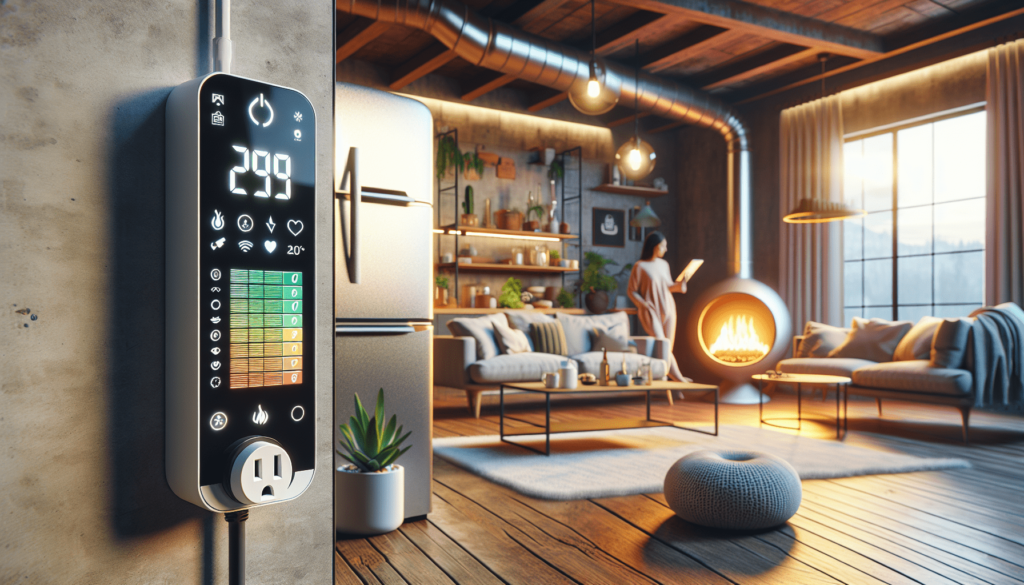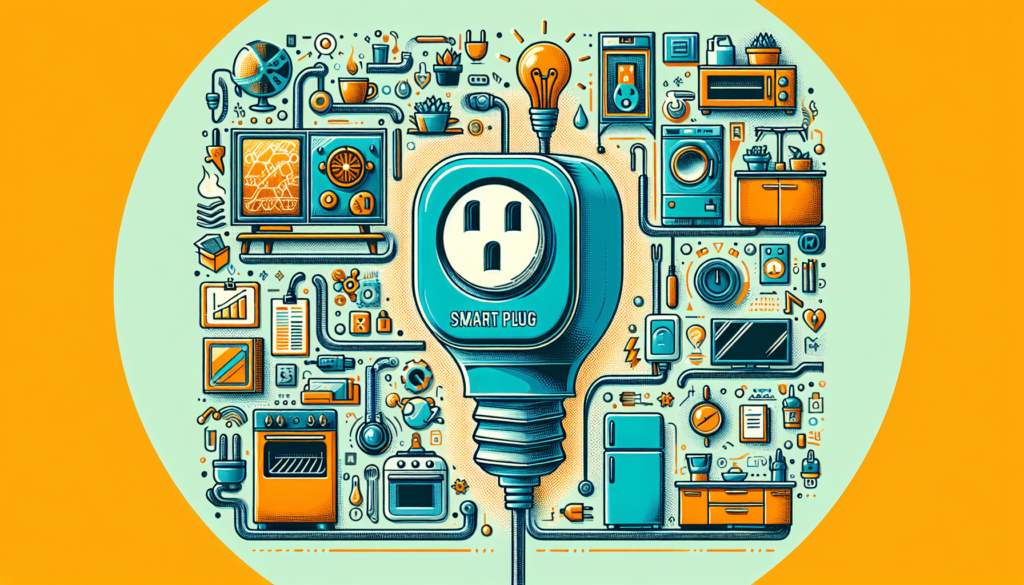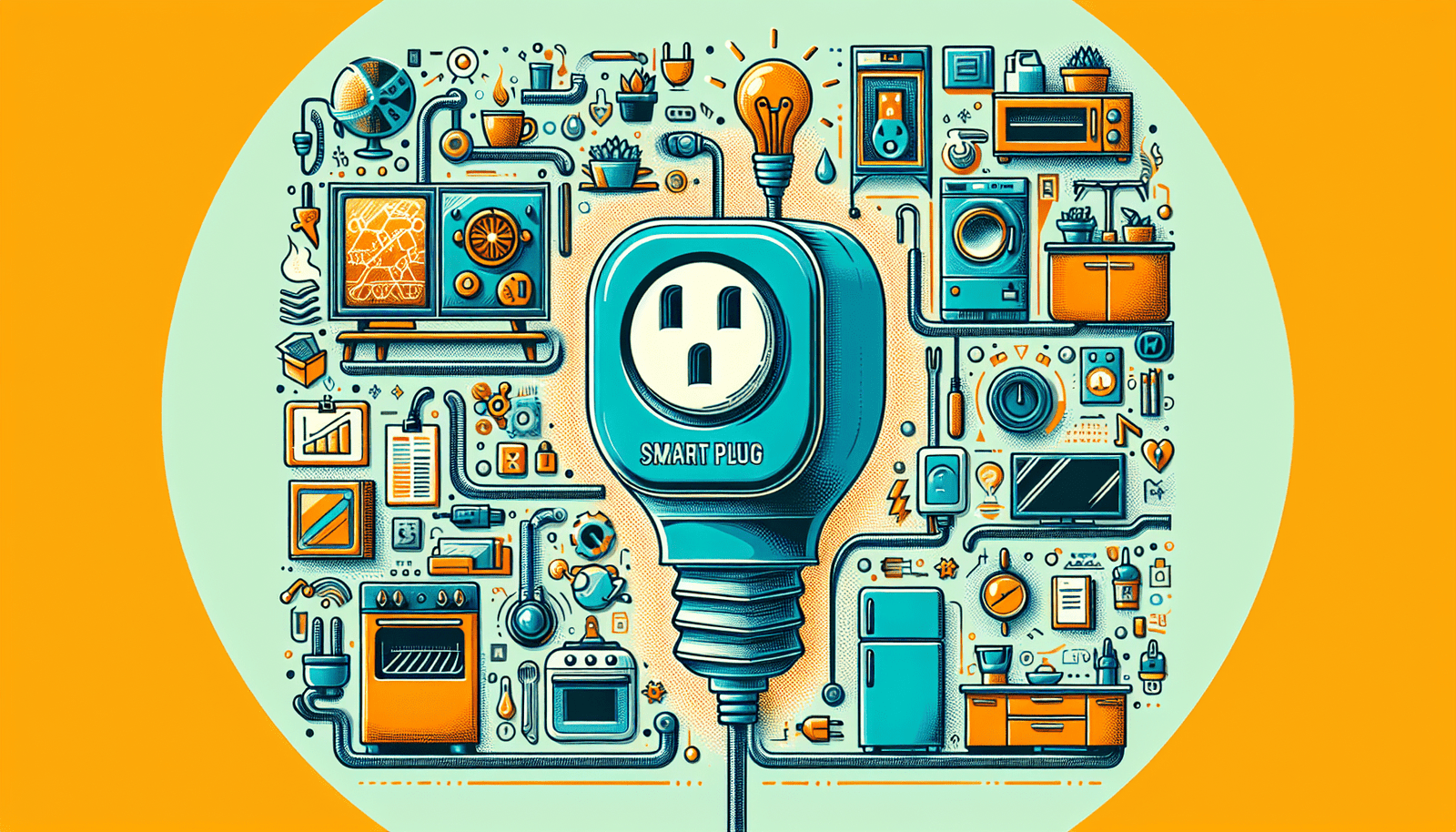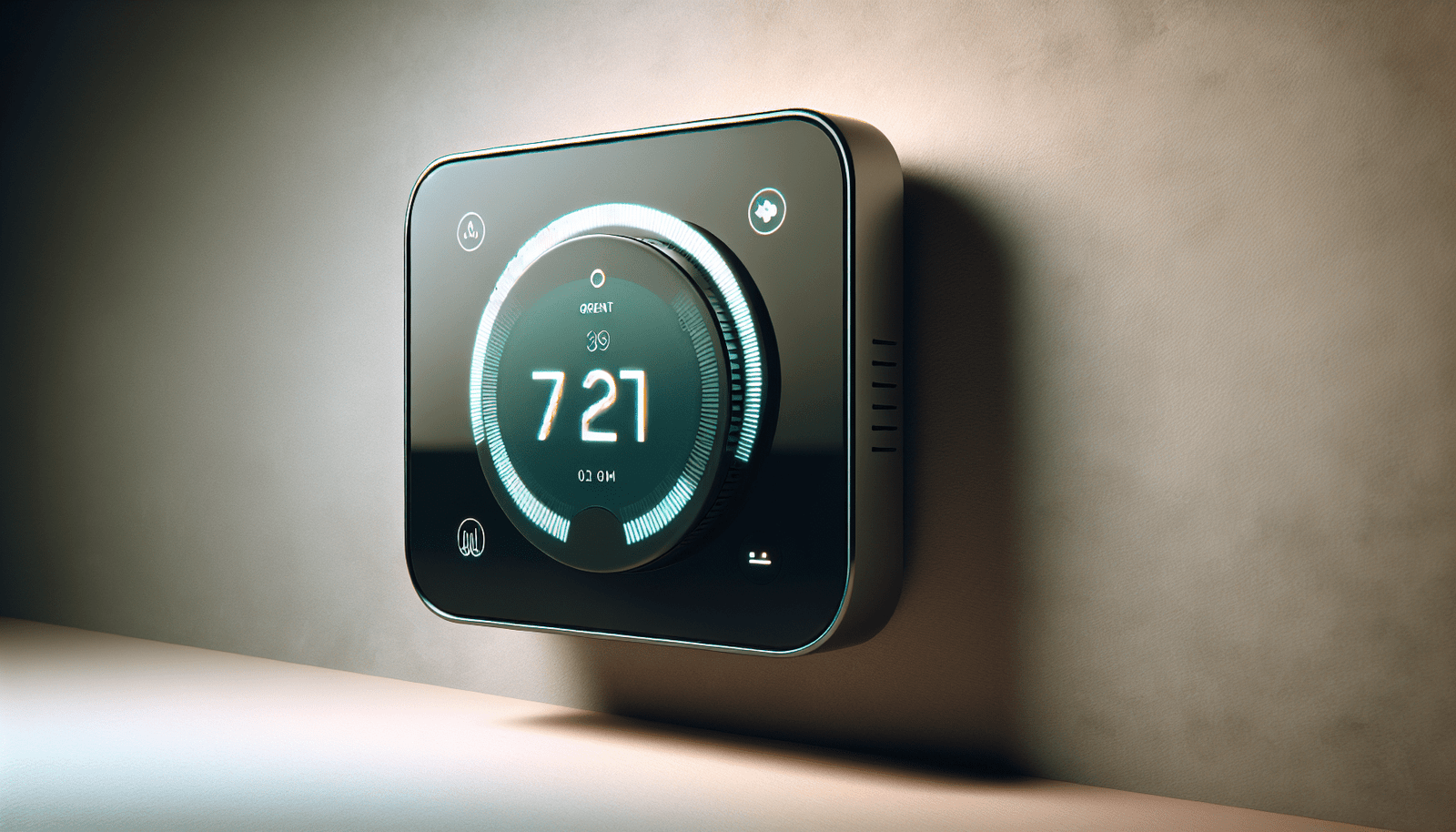Have you ever wondered if there are some things you should not connect to a smart plug? Smart plugs are a fantastic innovation in the realm of smart home technology, offering a convenient way to control and automate household devices. Yet, just because you can plug something in doesn’t mean you should. Understanding what is safe and appropriate for smart plugs can save you from potential safety hazards or functional issues. This guide is here to help you navigate the do’s and don’ts when it comes to integrating smart plugs into your home.
Understanding Smart Plugs
Before diving into what not to plug into a smart plug, it’s crucial to understand what a smart plug is. Essentially, a smart plug is a device that fits between your electrical outlet and an appliance, allowing you to control the appliance’s power state via a smartphone app or smart assistant. Smart plugs are praised for their simplicity and effectiveness in turning any traditional appliance into a smart device.
Benefits of Smart Plugs
Smart plugs offer several benefits. They can help automate mundane tasks, such as switching off lights and appliances with just a tap or a voice command. These devices also contribute to energy efficiency by ensuring appliances are only on when needed, which can lead to reduced electricity bills. Moreover, smart plugs enhance home security by allowing users to remotely control lights, giving the impression of an occupied home even when you’re away.
Limitations of Smart Plugs
Despite their benefits, smart plugs come with limitations. They typically have power and electrical load restrictions, meaning they’re not suitable for all devices. Some appliances draw more electricity than smart plugs are designed to handle, which can cause operational failures or even pose safety risks. Additionally, smart plugs may not always maintain connectivity with your network, which can lead to control issues.
What Should You Not Plug Into A Smart Plug?
With the basics covered, let’s focus on what you should avoid plugging into a smart plug. The restrictions mainly involve appliances with high power demands or specific operational requirements that don’t align with the capabilities of smart plugs.
High-Power Appliances
High-power appliances such as refrigerators, ovens, washers, dryers, and air conditioners should typically not be plugged into a smart plug. These devices often require a continuous, high-level electrical supply that many smart plugs are not equipped to handle. Plugging these appliances into a smart plug might not only damage the smart plug but could also lead to short circuits, overheating, or fire hazards.
Heating Devices
Heating devices like space heaters, toasters, and hair dryers are also a poor match for smart plugs. These appliances usually have high current draws, especially when they start up. Connecting them to a smart plug could overwhelm the device and create significant safety risks, similar to high-power appliances.
Medical Equipment
Devices that are critical to your health or well-being, such as medical equipment, should never be connected to a smart plug. The risk of the smart plug failing to respond due to connectivity issues or power surges could interrupt the operation of life-sustaining equipment, posing serious health risks.

Smart Plugs vs. Traditional Plugs vs. Smart Switches
Understanding the differences between smart plugs, traditional plugs, and smart switches can help in making informed decisions for your home. Each has unique characteristics suitable for different scenarios.
Smart Plugs
As mentioned, smart plugs are best for devices that do not have high power demands and don’t affect your safety during connectivity lapses. They are great for lamps, radios, and other low-energy devices.
Traditional Plugs
Traditional plugs are best used for high-powered and constantly running appliances. The straightforward design ensures a reliable power connection without the need for smart features that might result in a compromised operation.
Smart Switches
Smart switches are typically wall-installed switches that manage power to multiple devices or outlets simultaneously. They are excellent for home lighting systems and can handle higher loads than many smart plugs, providing another solution for those looking to automate larger setups.
| Type of Device | Suitable Plug or Switch | Explanation |
|---|---|---|
| Lamp or Radio | Smart Plug | Low energy device suited for smart automation |
| Oven or Washer | Traditional Plug | High-energy device; not suitable for smart plug limitations |
| Ceiling Lights | Smart Switch | Ideal for centralized control of lighting systems |
Safety and Security Concerns
There are inherent safety and security concerns with using smart plugs, albeit manageable with the right practices.
Electrical Safety
Always ensure that the total current draw of the connected devices does not exceed the smart plug’s rating. Overloading a smart plug can lead to overheating and increase the risk of a fire.
Network Security
Smart plugs rely on Wi-Fi connectivity, which could be a security concern if not properly managed. Ensure your Wi-Fi network is secured with a strong password and regularly updated software to protect against unauthorized access.

Choosing the Right Smart Plug
Selecting the appropriate smart plug involves understanding your device needs as well as the capabilities of various smart plug models available.
Assess Your Needs
Identify the appliances you wish to automate and their power requirements. Consider how these devices fit into your lifestyle and energy-saving goals.
Compare Features
Different smart plugs offer various features such as energy monitoring, scheduling, and voice control compatibility. Compare these features against your needs to find the right fit.
Read Reviews
Consider reviews from trustworthy sources or recommendations from tech enthusiasts who have hands-on experience with the smart plug models you’re considering. They can offer insights that technical specifications don’t always provide.
Troubleshooting Common Issues
Like any tech device, smart plugs can experience issues that require troubleshooting.
Connectivity Problems
One common issue is connectivity, usually resolved by ensuring your Wi-Fi network is running smoothly and within range. Rebooting the router or resetting the smart plug can often fix these problems.
Device Unresponsiveness
If your smart plug is unresponsive, it can be due to software glitches. Checking for app or firmware updates and ensuring all connections are secure can resolve most functionality hiccups.
Energy Efficiency and Cost Savings
Smart plugs are touted for their ability to contribute to energy efficiency.
Monitoring Usage
Many smart plugs come equipped with energy-monitoring features. By tracking your usage, you can gain insights into which devices consume the most power and adjust usage patterns to conserve energy.
Automating Power-Off
Using schedules or timers, ensure that devices only operate when needed. Automating the power-off for lights and electronics when they aren’t in use can notably decrease your electricity bill.
Conclusion
Understanding what you should not plug into a smart plug is crucial for maximizing the benefits of this technology while ensuring safety and efficiency. While smart plugs present an incredible opportunity for modernizing your home, they aren’t suitable for every appliance. By considering each device’s power requirements and safety needs, you can make informed decisions that not only enhance your home experience but also keep it secure and cost-effective. Remember, with the proper research and mindful integration, smart technology can transform how you interact with your living space in the most beneficial way.
Disclosure: As an Amazon Associate, I earn from qualifying purchases.





